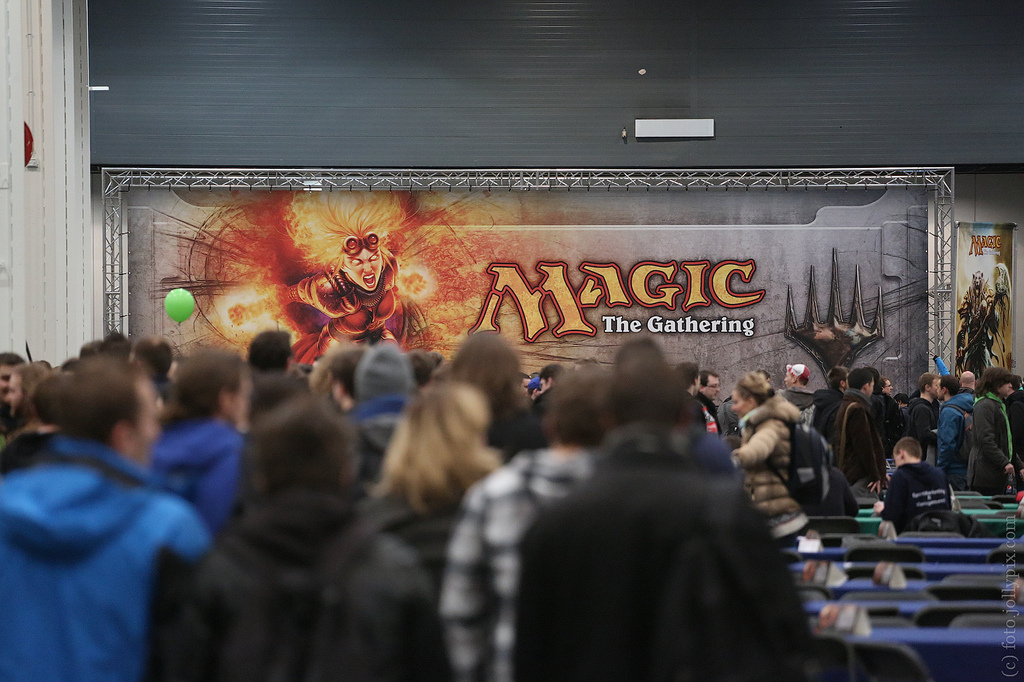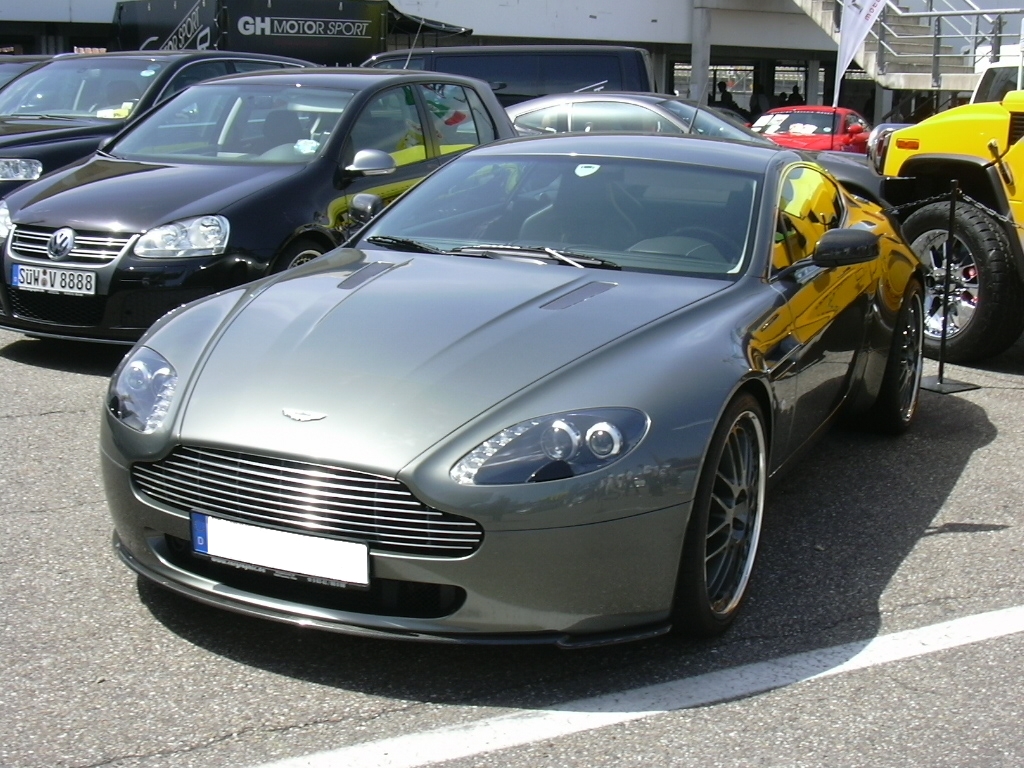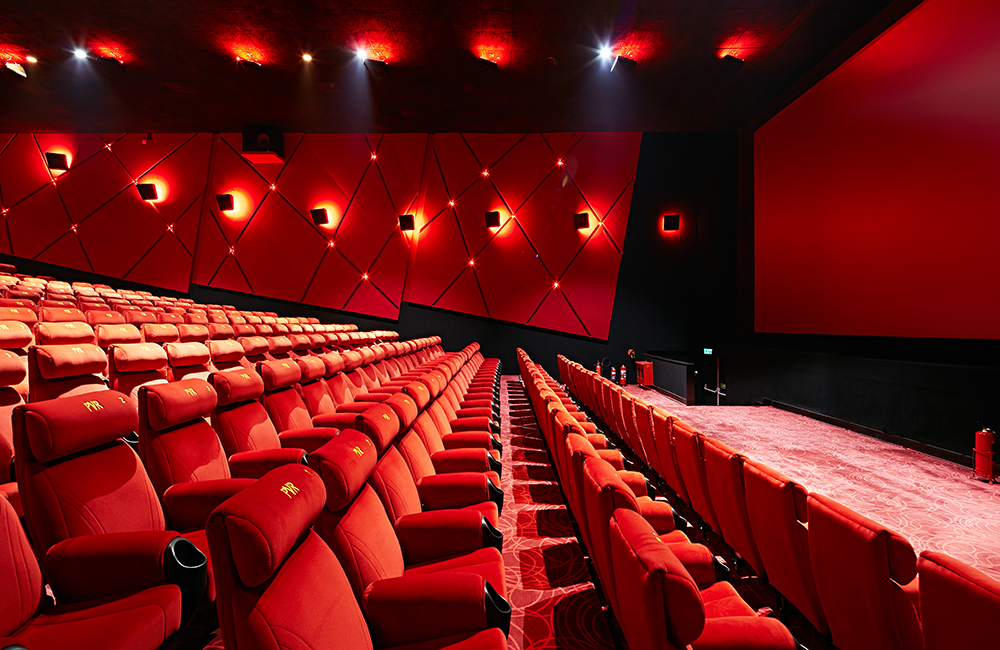Before the 1990s, the concept of the collectible card game (CCG) did not exist. Role-playing games (RPGs) were then dominating the alternative game market, with TSR’s Dungeons & Dragons enjoying great popularity. Hobby game professional Peter Adkison wanted to replicate such success by founding the company Wizards of the Coast, in his basement in 1990. However, this new company’s breakthrough product would use a card format while drawing from the fantasy-world motifs of Dungeons & Dragons. Thus, Magic: The Gathering (MTG) was born?and with it, the collectible card game (CCG.).
DESCRIPTION
The Guinness Book of World Records recognizes Magic: The Gathering as the “first modern trading game.” The term “trading card game” is used interchangeably with “collectible card game,” since games like MTG combine the thrill of trading and collecting their colorful, specially designed playing cards.
ORIGIN
Richard Garfield was studying for his Ph.D. in combinatorial mathematics when he came up with the idea for MTG. Adkison met Garfield through a mutual friend, Mike Davis. Garfield and Davis pitched the idea of publishing RoboRally, a board game that Garfield had designed in 1985. However, Adkison did not believe he had the resources to publish it; instead, he challenged Garfield to create a game that would pay for the publishing of RoboRally. The new game, which Garfield initially called Magic, was decidedly economical. It took less than two minutes to set up, and it had a comparatively short playing time range of 15 to 20 minutes. The name of the game was changed to Magic: The Gathering due to the generic feel of the original title.
MARKETING AND SUCCESS
Published on August 5, 1993, Magic: The Gathering was an immediate success. It even drew in Dungeons & Dragons players. Within its first two years, MTG had printed over a billion cards and had received three Origins Awards as recognition for its outstanding performance in the game industry.
GAMEPLAY
In Magic: The Gathering, players assume the role of mighty wizards called “planswalkers.” Two or more players use the supplied packs of cards to “fight” each other with a combination of attack and defense moves (in the form of spells, mystical creatures and artifacts). The objective is to reduce an opponent’s score from 20 “life points” to none at all. There are two basic card types in the game: “spells” and “lands.” Each “spells” card comes with a pentagonal color that represents the attributes that the spell possesses. The “lands” provides “mana,” a magical energy for fueling the player’s spells.
POPULARITY
To this day, Magic: The Gathering remains the most successful CCG of all time. It has developed a community of professional players, as well as an organized tournament system. Older MTG cards are highly valued for their rarity; MTG has enabled the birth of a thriving secondary card market among players and game shops. Since its debut in the early ’90s, several CCG have attempted to compete with its success. One company, PGI Limited, even went as far as appearing with a blatant rip-off called Havic: The Bothering, in 1998. A few games have been successful; they include World of Warcraft, Pokemon and Yu-Gi-Oh! However, none have been able to supersede MTG, which has more than 12 million players.
Byline
In addition to mtg, Red Prescott, a self-described super geek, writes frequently on Star Wars conventions, movie trivia, board games, sports memorabilia and other kindred topics.
Image credit goes to Max Mayorov.








